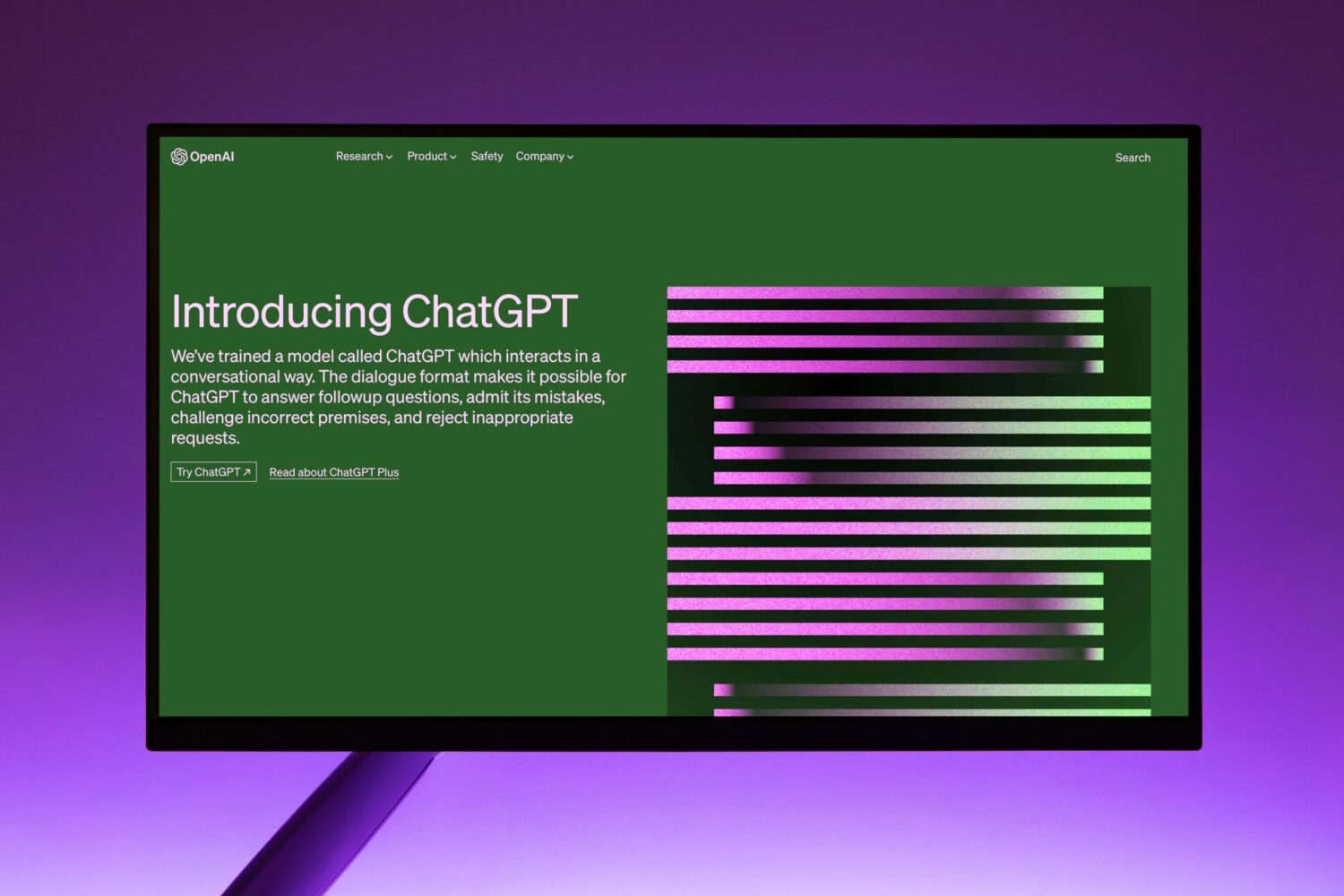
ChatGPT Vs. Google Bard
Artificial Intelligence (AI) language models are becoming increasingly popular due to their ability to generate human-like responses to natural language prompts. ChatGPT and Google Bard are two such language models. While both are designed to generate natural language responses, they differ in their underlying architectures and applications. In this article, we’ll take a closer look at ChatGPT vs. Google Bard and compare their strengths and weaknesses.
ChatGPT
ChatGPT is a large language model developed by OpenAI that is capable of generating human-like responses to natural language prompts. “GPT” stands for “Generative Pre-trained Transformer,” which refers to the machine-learning architecture that the model uses.
The model was pre-trained on a massive corpus of text data from the internet, allowing it to learn patterns in language and acquire knowledge on a wide range of topics. This is how it can then generate responses to a wide range of prompts, including questions, statements, and conversations, that often appear to have been written by a human.
ChatGPT is designed to be versatile and can be fine-tuned for a wide range of applications, including customer service, language translation, and content generation. Its ability to understand natural language and generate human-like responses has made it a popular tool for a variety of natural language processing tasks.
Google Bard
Google Bard is an AI text generator or chatbot developed by Google that will work with Google’s search engine and provide text-based answers to user questions. It is powered by Google’s “Language Model for Dialogue Applications” (LaMDA) system, which was announced in 2021. It is designed to function similarly to ChatGPT, with the biggest difference being that Google’s service will pull from all its search engine data and AI capabilities to provide more comprehensive answers.

Bard is meant to be an outlet for creativity and a launchpad for curiosity, allowing users to explain new discoveries from NASA’s James Webb Space Telescope to a 9-year-old, or learn more about the best strikers in football right now, and then get drills to build their skills.
Accessibility
When it comes to accessibility, ChatGPT and Google Bard differ in a few key ways. ChatGPT is a third-party chatbot that can be accessed by anyone on a variety of platforms, including through a web interface or a variety of messaging apps. It is designed to be user-friendly, with a simple interface that makes it easy to ask questions and get answers.
Google Bard, on the other hand, is currently only accessible through Google’s search engine. Users will need to type in a query in the search bar to activate the chatbot feature. This may not be as convenient as ChatGPT, which can be accessed from a variety of different platforms and in different contexts.
However, Google Bard does have the advantage of being integrated into Google’s search engine, meaning that it can draw on the vast amount of data and resources available on the internet. This means that users are likely to get more comprehensive and accurate answers to their questions.
Accuracy of Answers
ChatGPT and Google Bard differ in their approach to generating answers and therefore their accuracy can vary depending on the type of query asked.
ChatGPT uses a large database of text and language models to generate responses to user queries. While it is a powerful tool that can generate coherent and relevant responses to a wide range of queries, it is not always accurate due to the limitation of data being available only up to 2021. Since it relies on large amounts of data to generate responses, there may be instances where the responses are biased, incorrect or incomplete.
Google Bard, on the other hand, is designed to provide more accurate answers to user queries by drawing on a vast amount of data and resources available on the internet. It uses Google’s LaMDA system to understand the context of a query and provide more comprehensive responses. This means that Google Bard is more likely to provide real-time answers, especially for queries that require more specialized or require specific knowledge to answer.
Architecture
ChatGPT is a language model developed by OpenAI that uses deep learning techniques to generate responses to user queries. The model was trained on a large corpus of text data, including books, articles, and websites, using a process called unsupervised learning. This means that the model was not given any specific instructions on how to generate responses, but instead learned to generate responses by analyzing patterns in the text data.
It consists of a multi-layer transformer encoder-decoder architecture, which enables it to understand and generate language in a way that is similar to how humans communicate. The encoder component of the model processes the input query and generates a representation of the query in a high-dimensional space, while the decoder component generates a response based on this representation. The model is trained using a process called self-supervised learning, which means that it is trained to predict the next word in a sentence based on the previous words in the sentence.
Google Bard, on the other hand, uses a different architecture than ChatGPT. Google Bard is built on top of Google’s LaMDA system, which is a language model designed specifically for dialogue applications. LaMDA is a large-scale transformer model that is trained on a diverse range of text data, including books, articles, and websites, as well as conversations between people.
LaMDA is designed to understand the context of a conversation and generate responses that are relevant and coherent. It uses a technique called pre-training, which involves training the model on large amounts of text data before fine-tuning it for a specific task, such as generating responses to user queries.
While ChatGPT is known for its versatility and ability to understand a wide range of prompts, Google Bard is a more specialized model that has been optimized for specific tasks, such as music composition. Ultimately, the choice between ChatGPT vs. Google Bard will depend on your specific needs and use case.
If you’re interested in harnessing the power of AI language models for your business or organization, contact SocialJack Media today. Our team of experts can help you identify the best marketing services for your needs and implement it into your operations. Don’t miss out on the opportunity to leverage the latest AI technology for your business—contact us now!
